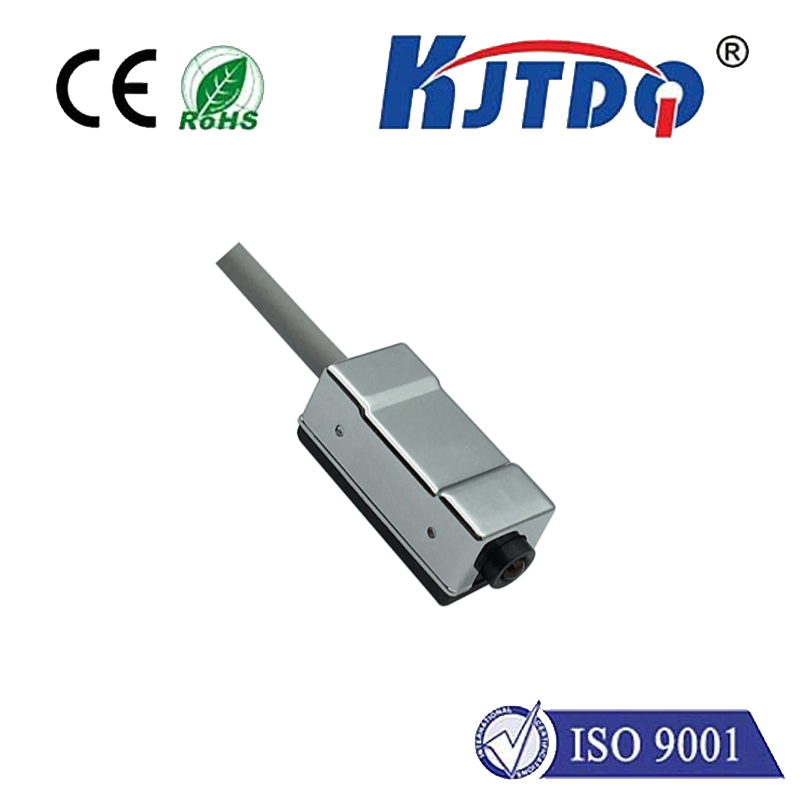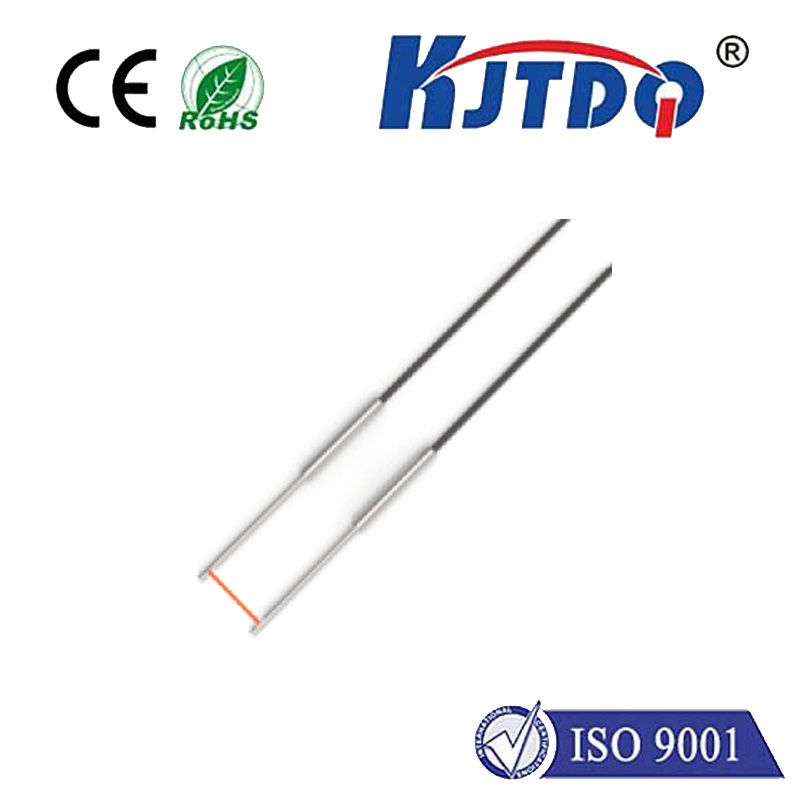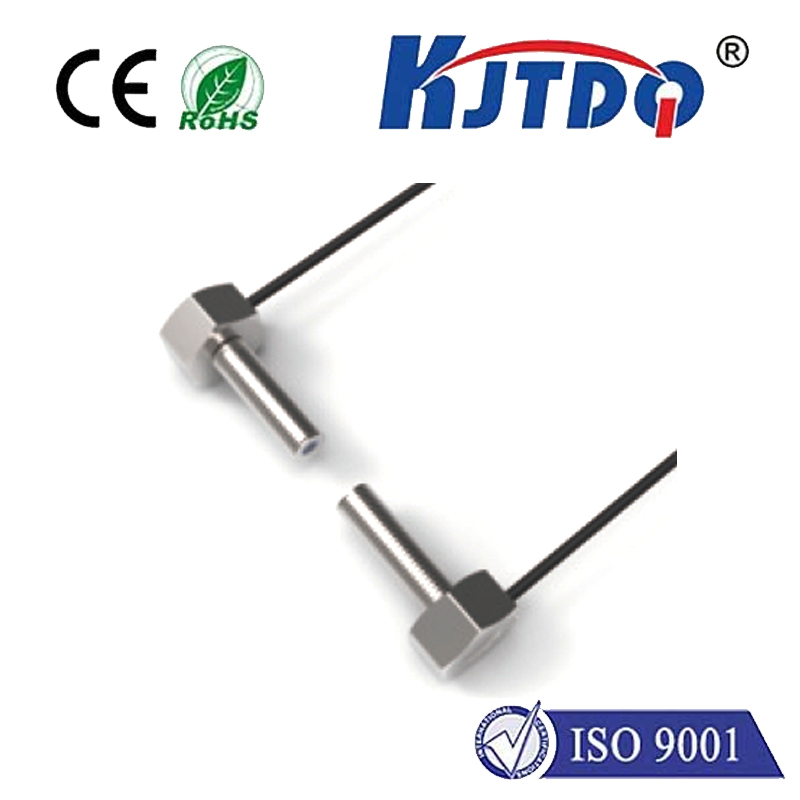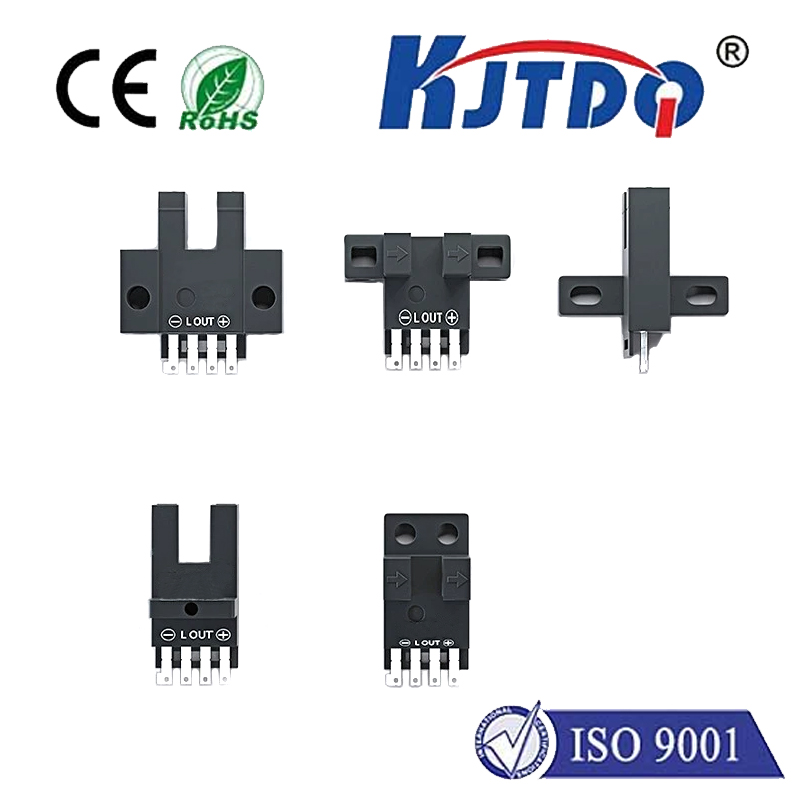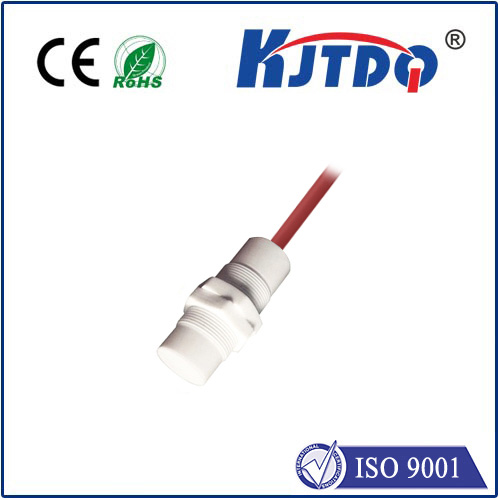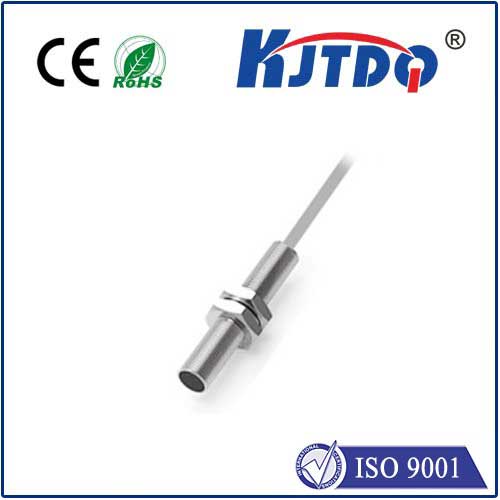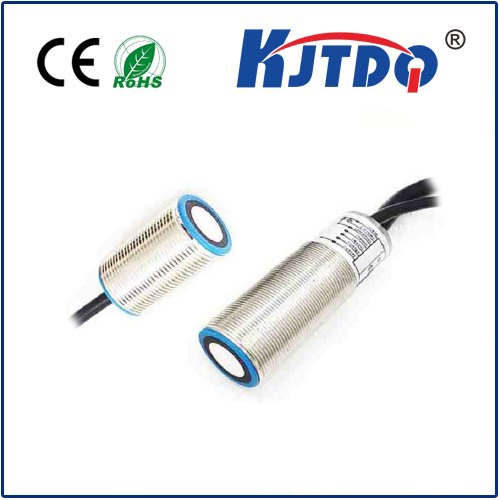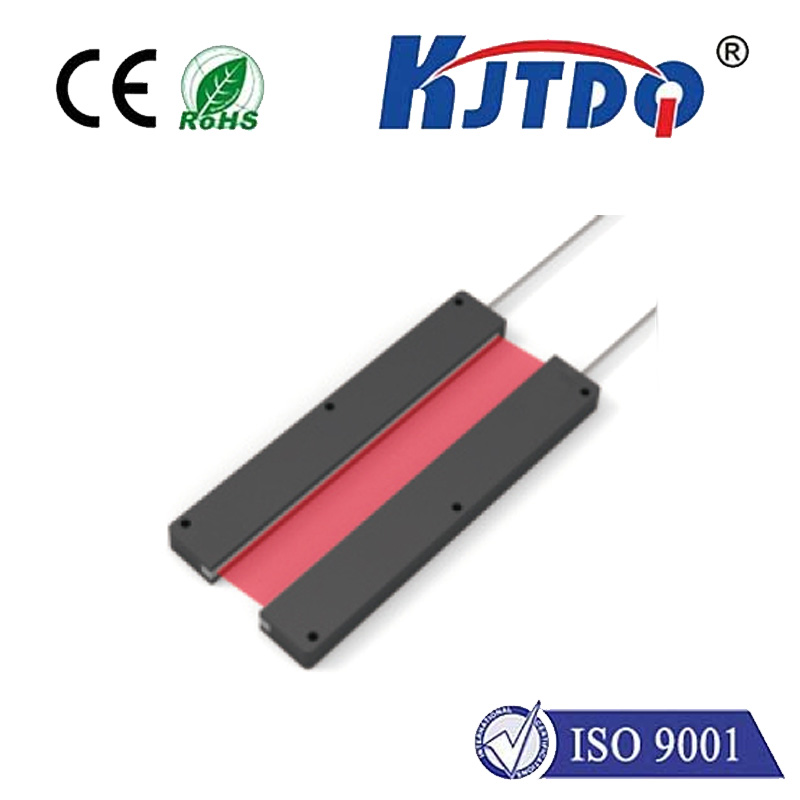inductive wheel speed sensor
- time:2024-10-20 03:17:17
- Click:0

Title: Inductive Wheel Speed Sensor: A Comprehensive Overview
Introduction
An inductive wheel speed sensor is a crucial component in modern vehicles, playing a vital role in monitoring the rotational speed of wheels. It provides accurate and real-time data to the vehicle’s control system, enabling various functions such as anti-lock braking system (ABS), electronic stability control (ESC), and traction control system (TCS). In this article, we will delve into the working principle, advantages, applications, and future prospects of inductive wheel speed sensors.
Working Principle
An inductive wheel speed sensor consists of a permanent magnet, a coil, and a toothed wheel attached to the vehicle’s tire. As the tire rotates, the toothed wheel also spins, creating a changing magnetic field in the coil. This change in magnetism induces an electric current in the coil, which is then measured and analyzed by the vehicle’s control system. The frequency of the induced current corresponds to the rotational speed of the wheel, allowing for precise speed measurements.
Advantages
Inductive wheel speed sensors offer several advantages over other types of speed sensors, such as Hall effect sensors and optical sensors. These include:
- High accuracy: Inductive wheel speed sensors provide highly accurate speed measurements, making them ideal for critical applications like ABS and ESC.
- Durability: Inductive sensors are less prone to damage from dust, dirt, and other contaminants, ensuring reliable performance in harsh environments.
- Easy installation: Inductive wheel speed sensors can be easily installed on existing vehicles without any modifications or special tools.
- Cost-effective: Inductive sensors are generally more affordable than other types of speed sensors, making them a cost-effective solution for vehicle manufacturers.
Applications
Inductive wheel speed sensors are widely used in various vehicle systems, including:
- Anti-lock Braking System (ABS): ABS prevents the wheels from locking up during emergency braking, allowing the driver to maintain steering control and reduce stopping distances. Inductive wheel speed sensors provide the necessary input for ABS by monitoring the rotational speed of each wheel.
- Electronic Stability Control (ESC): ESC helps prevent loss of traction and maintain stability by adjusting engine power and applying brakes selectively to individual wheels. Inductive wheel speed sensors play a crucial role in this system by providing real-time speed data to the ESC unit.
- Traction Control System (TCS): TCS improves acceleration performance and stability by controlling the amount of torque delivered to each wheel. Inductive wheel speed sensors enable TCS by monitoring wheel speeds and detecting any loss of traction.
Future Prospects
With advancements in automotive technology, the demand for high-performance and reliable speed sensors is expected to grow. Inductive wheel speed sensors are likely to remain a popular choice due to their accuracy, durability, and cost-effectiveness. Future developments may focus on improving sensor sensitivity, reducing size, and increasing temperature resistance, further enhancing their performance and expanding their applications in the automotive industry.
Conclusion
In conclusion, inductive wheel speed sensors are indispensable components in modern vehicles, providing accurate and reliable speed data for various safety and performance systems. Their advantages make them a preferred choice among vehicle manufacturers, and their future prospects appear promising as automotive technology continues to evolve.












